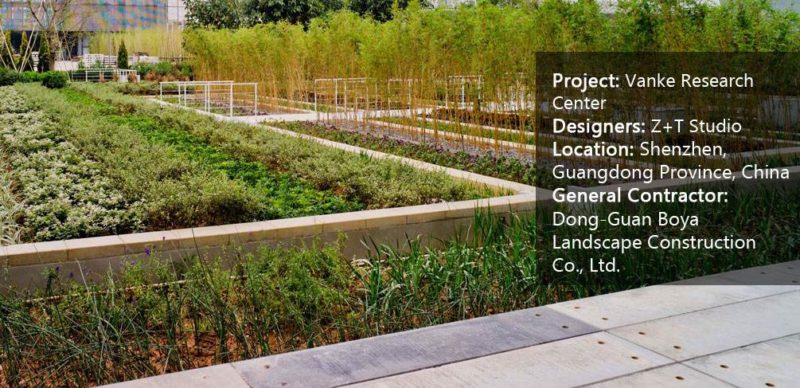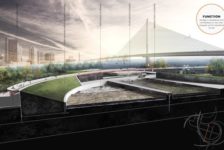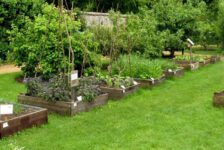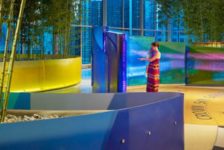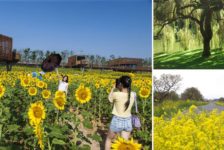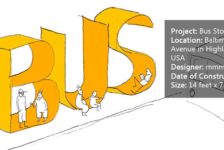Vanke Research Center, by Z+T Studio, Shenzhen, Guangdong Province, China. Urbanization has always exerted a considerable impact on the environment and the social activities of people. Shenzhen, China, once a hilly region with fertile agrarian lands, is now one of the fastest-growing cities in the world. The bustling city is experiencing an unprecedented boom in the construction of its modern cityscape and, simultaneously, seeing the demise of its green, hilly regions to explosive urban sprawl. With this changing dynamic between land and people, there is an urgency to develop a vernacular system to express that relationship. In this project, landscape architecture emerges as an art of survival. Vanke, one of China’s largest real estate developers, aimed to develop a research center on the potentialities of an urban landscape. The result is a successful design filled with innovative green ideas.
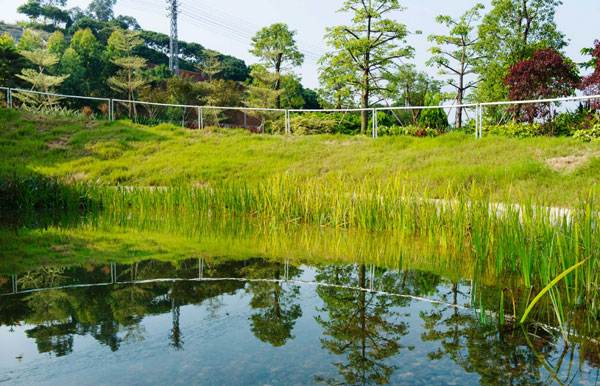
Vanke Research Center. Photo credit: Hai Zhang
Vanke Research Center
What is the Vanke Research Center doing to grab our attention? The research center is a testing ground for sustainable projects. The company wanted a place to show off the innovative architecture of its latest properties and the work of its research group. Environmentally friendly housing materials and native habitats are being introduced to transform the research center into a low-maintenance and eco-friendly campus, which provides diverse services to the city, including containing and purifying stormwater, recovering native habitats, and creating opportunities for environmental education accompanied by aesthetic experience.
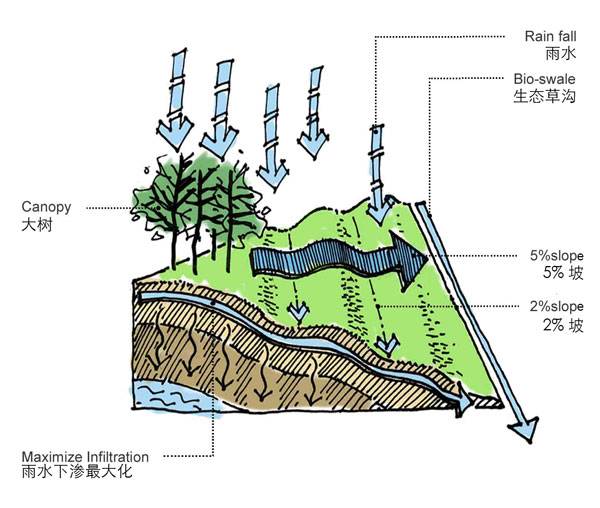
Vanke Research Center. Image courtesy of Z+T Studio
- A ripple garden to control runoff quantity
- A windmill garden to control stormwater quality
What is the importance of stormwater management? Urbanization often results in the clearing of trees and grass and their replacement with hard — or impervious — surfaces, such as concrete and brick. When that happens, rainwater does not seep into the ground as fast as it used to, but runs over nonabsorbent surfaces and picks up in quantity and velocity. In short, the hydrologic cycle has been altered. Flooding and erosion often result.
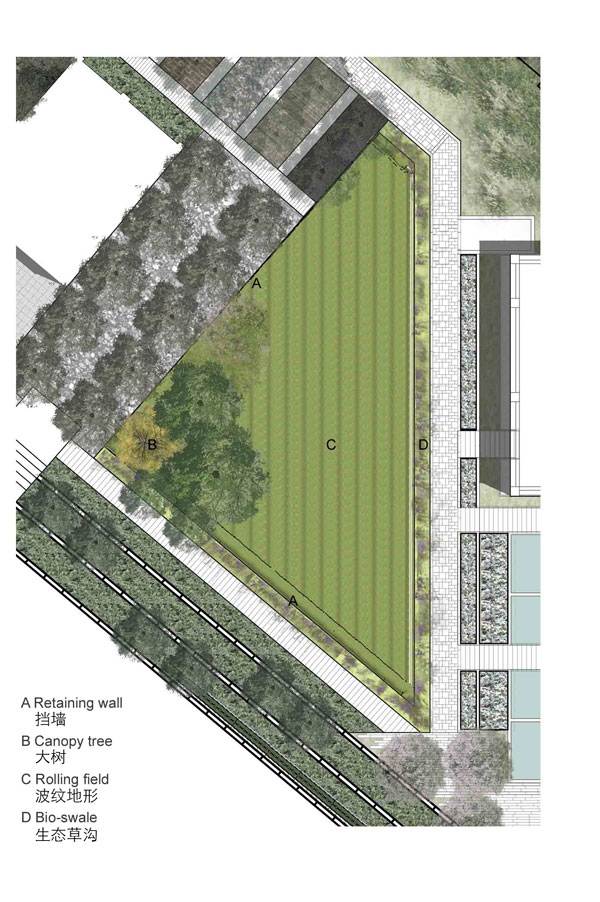
Vanke Research Center. Image courtesy of Z+T Studio
- How New Urbanization Can Help People Live Better Lives
- Pocket Parks: Why size doesn’t matter
- The Flying Parks- From The Highline in New York to The Promenade Plantée in Paris!
The quality of our water may also be degraded by stormwater runoff. Impervious surfaces have pollutants on them, such as oil and other lubricants, pesticides, fertilizers, and other elements that may be toxic. These contaminate our water sources. Thus, to prevent inundations and to alleviate water pollution, design strategies are needed to integrate green practices into stormwater infrastructure.
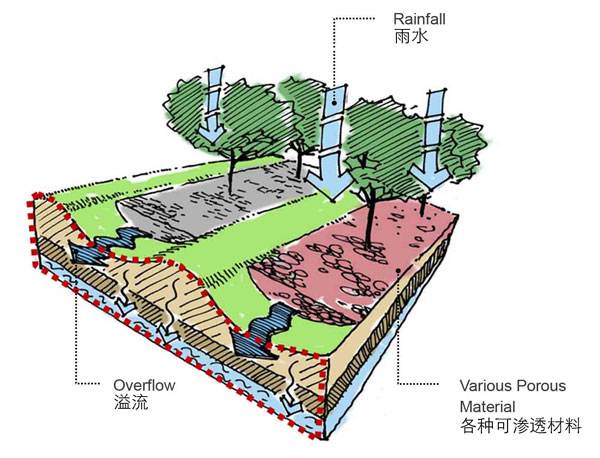
Vanke Research Center. Image courtesy of Z+T Studio
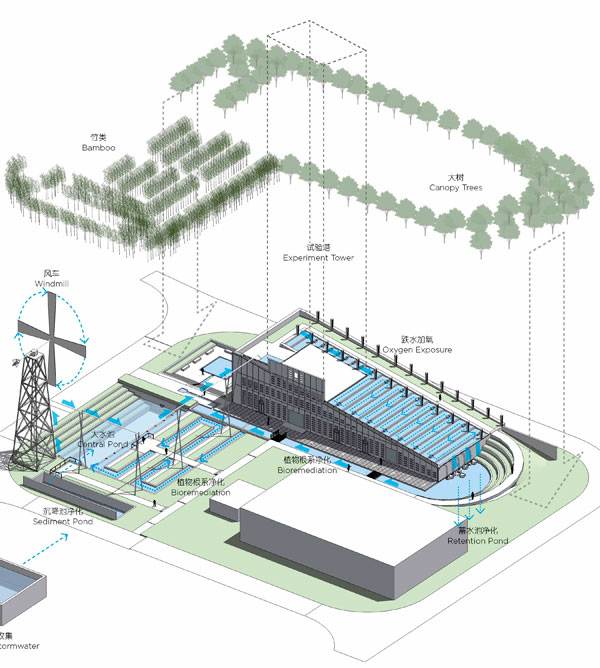
Vanke Research Center. Image courtesy of Z+T Studio
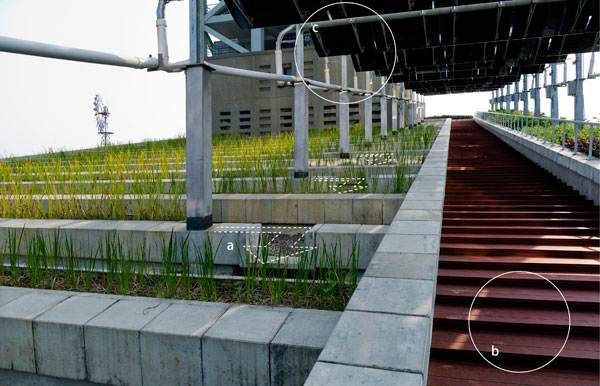
Vanke Research Center. Photo credit: Hai Zhang
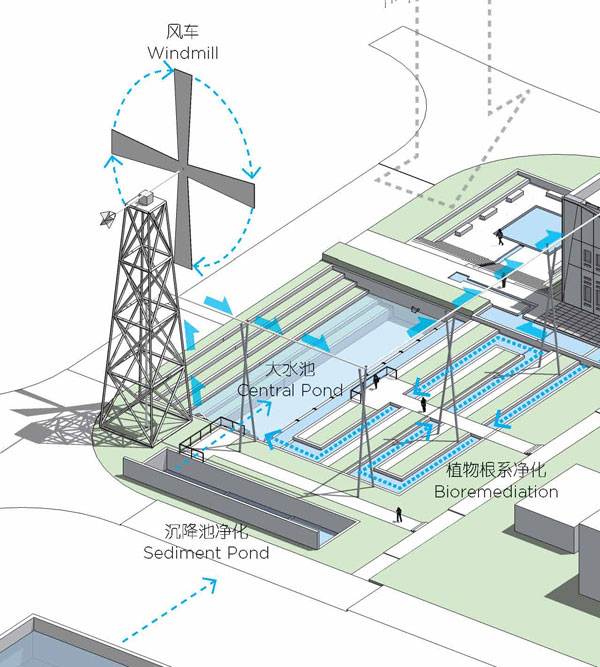
Vanke Research Center. Image courtesy of Z+T Studio
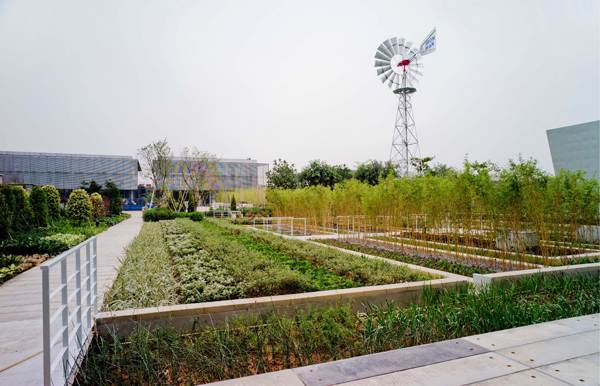
Vanke Research Center. Photo credit: Hai Zhang
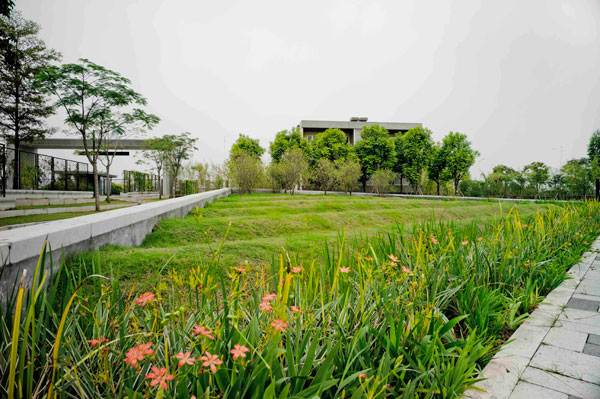
Vanke Research Center. Photo credit: Hai Zhang
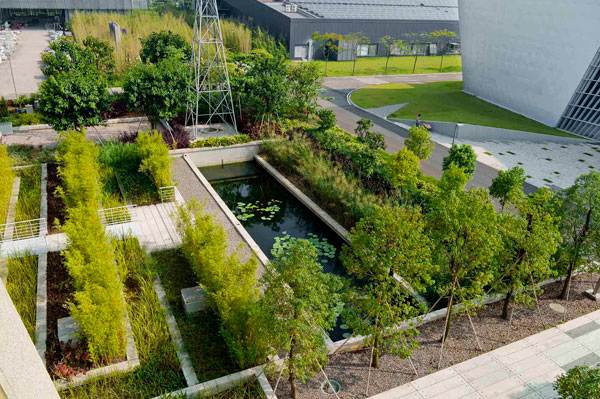
Vanke Research Center. Photo credit: Hai Zhang
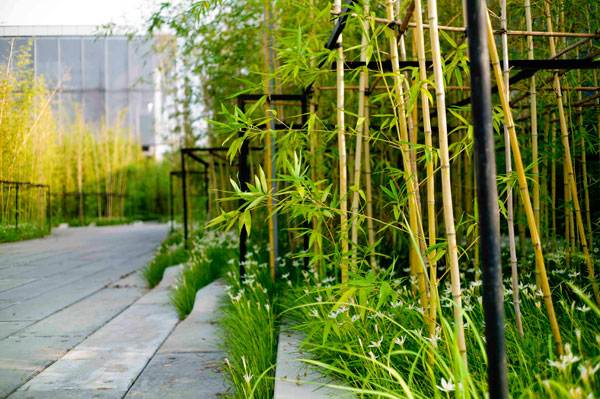
Vanke Research Center. Photo credit: Hai Zhang
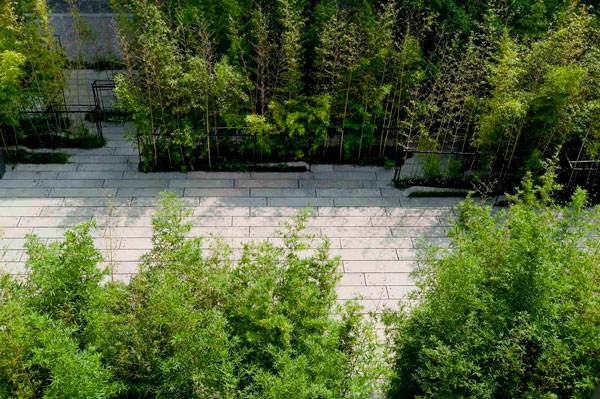
Vanke Research Center. Photo credit: Hai Zhang
- Urban Design by Alex Krieger
- The Urban Design Handbook: Techniques and Working Methods (Second Edition) by Urban Design Associates
Article by Farah Afza Return to Homepage
Published in Blog


